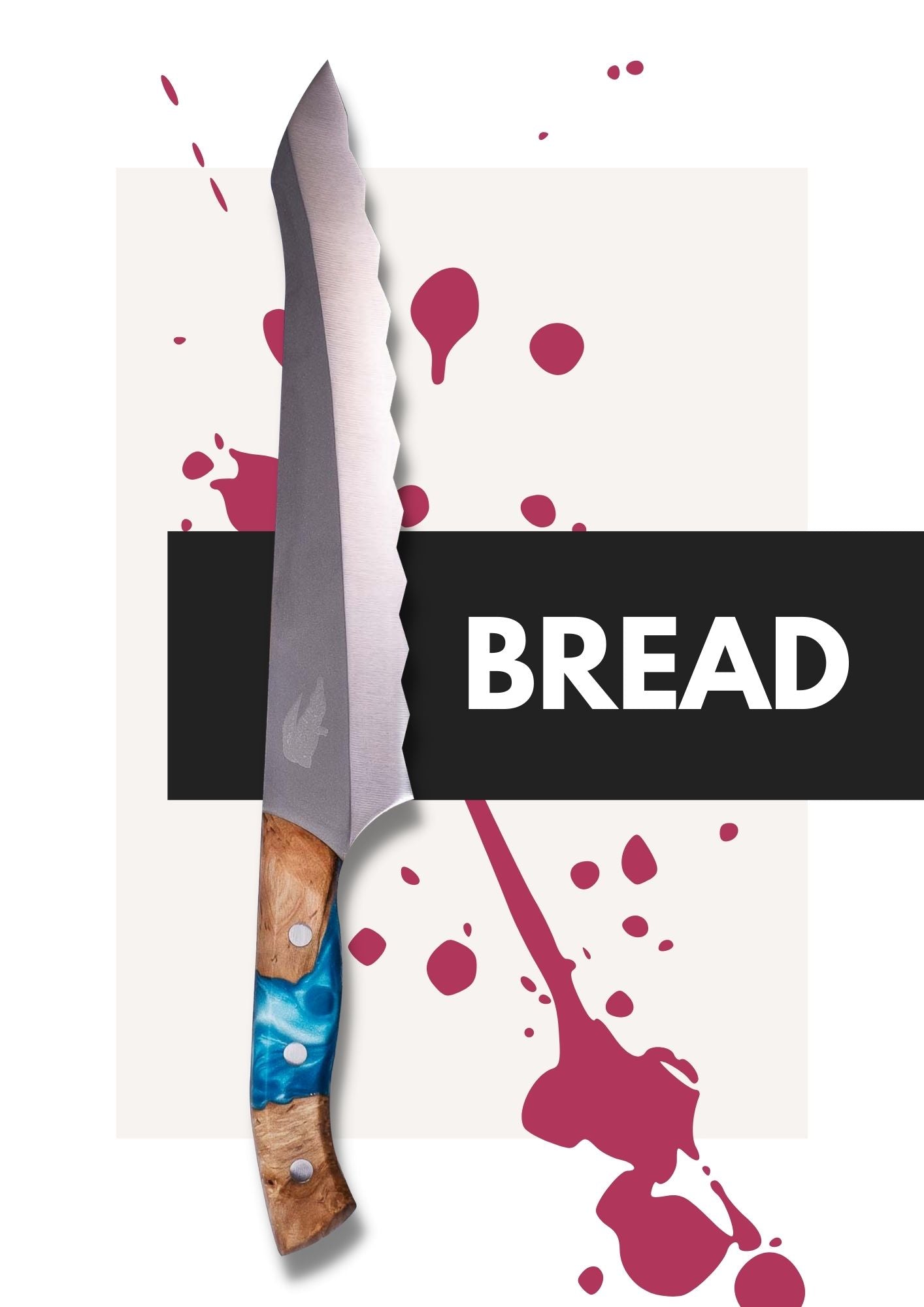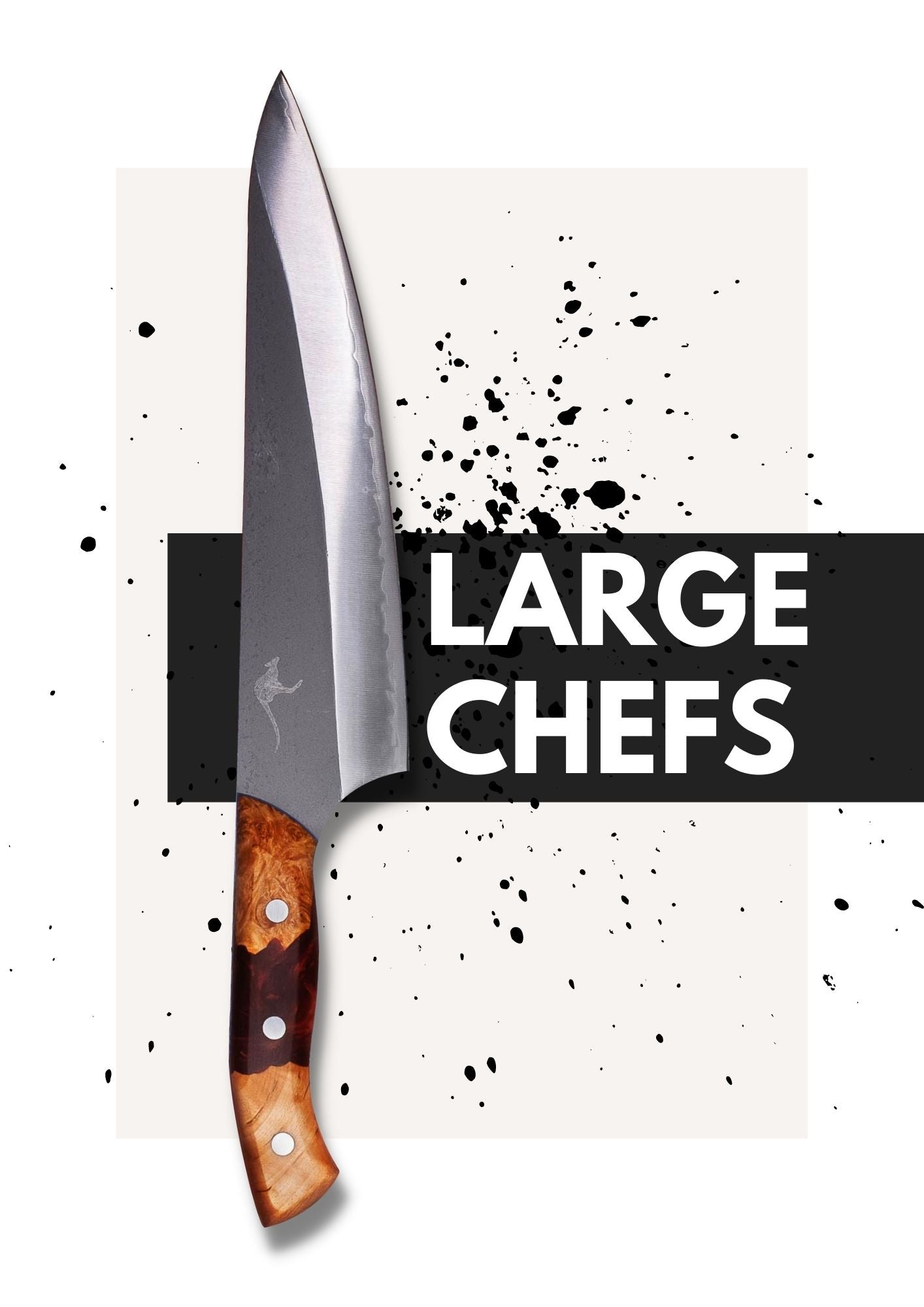One of the most useful and versatile knives that everyone needs is the bread knife. In most cultures, people eat plenty of bread alongside their meals and the handy sidekick that makes slicing this delicious food easier is the bread knife. It’s also known as a serrated knife due to the jagged blade edge that make it different from other knives.
However, while a bread knife is pretty straightforward in what it does, there is still a lot more to learn about it. This is especially important to ensure that you can use the bread knife properly, so continue reading to know the history and fun facts behind the serrated knife.
Origin
Syracuse city, New York, in the early 1900s by Joseph E. Burns (1919), although a precise time remains elusive.
Blade length & width
Generally, serrated knives are made with blade lengths between 15 to 35 centimetres. However, the average length of these knives are 20 centimetres.
Purpose
Like other specialist knives, the serrated knife has the most direct purpose since it is primarily used to slice through bread. Ever since it was created in Syracuse city, New York by Joseph Burns, the serrated knife has changed the game of cutting bread and pastries. Considering that bread is an integral part of meals in most countries, having a specific knife meant to slice through it made life easier for chefs, patissiers, or even folks at home.
Due to its serrated blade, slicing food like bread with hard shells and soft insides is easier, especially if you use the sawing technique. Ideally you should have to apply very little pressure, instead relying of the sawtooth design to carve delicately through the crust without crushing the inside.
Moreover; since the spine of the serrated knife is generally flat, the whole knife is balanced and it’s easier to use.
Tips when using a Serrated Knife
Similar to other knives, you need to know the proper way to use and care for a bread knife in order to make sure it lasts longer. After all, buying high-quality knives means you should handle with due care, so you don't have to replace it. In short, you need to know the right way to handle a serrated knife, how to make sure it remains sharp for years and how to choose the right bread knife for you as you can see below.
How to handle a serrated knife
Holding your bread knife is similar to others, in that the only way to handle it safely is to grip the handle with your thumb and forefinger on the blade spine to have a good control of it. Make sure as well that you’re using your dominant hand to hold the knife while your non-dominant hand supports it so you don’t make mistakes.
Besides that, the right way to slice through your bread or other ingredients is to place it in a horizontal position so it’s easier for you to cut and won’t be a problem for your wrist. Apply a small amount of pressure and glide the knife back and forth until you have completed each slice.
Where to use your serrated knife
Unlike common misconceptions where your serrated knife is purely for bread, there are actually a lot more uses to it. Besides bread, you can utilise this knife for other pastries with hard exteriors like chocolate, to ensure that you can slice through them perfectly each time. It’s also perfect for fruits and vegetables, especially if they’re usually difficult to chop into pieces using normal kitchen knives.
Another less common application is for carving fatty meats. For straight edge blades, the fat in pork or lamb can 'clog' the blade, meaning fat congeals on the cold blade and prevents you from cutting smoothly. A serrated blade avoids this, where the congealing fat will collect in the serrated grooves, freeing the cutting tips to carve through with ease.
How to choose the right serrated knife
Picking the right serrated knife is not easy since different variations of it have been created in numerous countries. So to make sure you find the right bread knife for you, here are a couple tips you need to consider:
What material is the blade made of?
Since you want your bread knife to last for a long time, the biggest thing to consider is what the material of the blade would be. Generally, the most common material used for blades is stainless steel but while this can last for many years, it can wear away pretty quickly especially if you don’t take care of it.
The best blade material you need to choose is one that has high-carbon steel since its carbon content guarantees longer lasting blades that will remain sharp as the day you bought it.
What kind of blade will you choose?
Now, serrated knives have two distinct types of blades that have specific purposes and you can choose between either of them depending on what you need. Here are the two types of blades and which one to choose:
- A pointed blade: Commonly, the serration in bread knives are sharp and pointed, making the distinct feature unlike in most knives. This kind of blade also makes it easier to slice bread with hard shells.
- A scalloped blade: Unlike the traditional serrated knife, the serration in a scalloped blade is rounded so there is no particular sharp point. This type of blade is perfect for bread with soft exteriors.
How long should your blade be?
Unlike other knives where you have to consider a lot of factors to know what blade length you need, for a bread knife, the longer the blade, the better. This essentially makes it easier to slice through small to large pastries and bread anytime.
How many serrations are there?
Generally speaking, the fewer the serrations, the less likely the bread is to tear. However more serrations allow you to cut through bread faster. As with everything, there is a balancing point to this, making sure to choose a bread knife that suits you. If you have thicker, crustier loaves like sourdough, more serrations would be beneficial. For softer breads like brioche, less serrations would be preferred.



